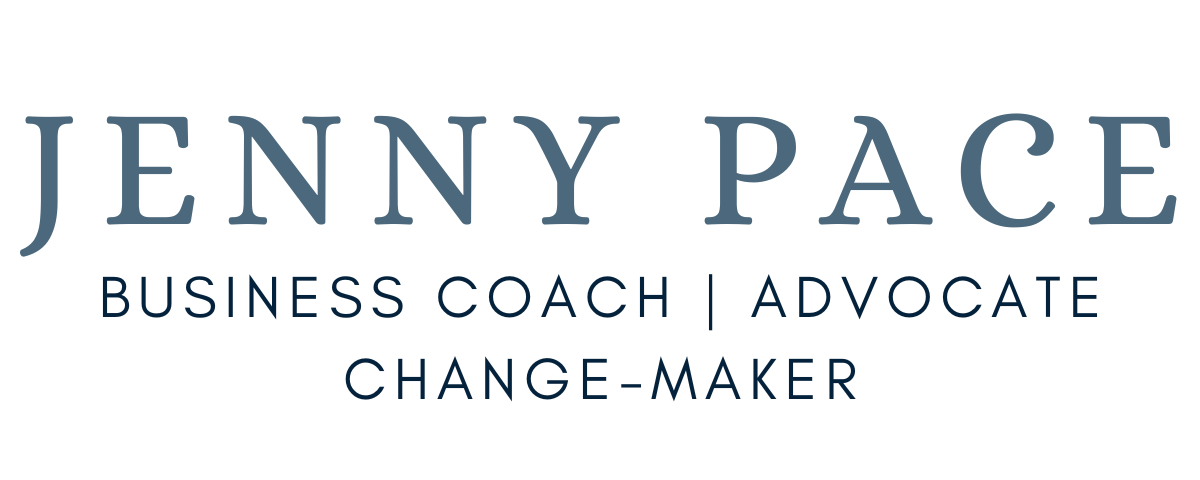Let’s start off with a massive assumption / disclaimer: None of us are looking to “profit off a terrible situation”. We’re not looking to take advantage of anyone, especially those suffering. If you’re here to try to make a quick quid based on scarcity and fear, this isn’t for you.
This post is for people who want to make an authentic contribution through their skills, talents, and creations. (I kind of hope all my posts, courses, and services have always been for those people.)
Marketing your business may feel weird during this time. I’ve heard that from several of my clients and Progress not Perfection members, and I get it.
If you’re a jeweller or a sewist or a designer – or indeed anyone selling primarily gifts – it’s easy to tell yourself that there’s no point, that this isn’t what’s important right now.
And let’s acknowledge that if you could be making hand sanitiser or medical masks or loo roll (eye roll), you would.
Should you keep posting out products, potentially adding more pressure to the postal service and risk to others? Only you can decide.
My initial gut reaction is to keep going if you can. We need boosts to our spirits, as well as to the economy.
But I can also see the argument to shut down, reduce risk, and reduce pressure.
What I do know is that you can pivot.
We’re being asked to see our businesses, our economy, and our concept of money-and-value in a new way.
A whole new set of needs are arising for a population in extraordinary circumstances.
Chances are, you can meet some of those needs.
If you can sew and mend people’s clothes so they don’t have to buy new, do that.
If you’re a jeweller and can reimagine family heirlooms or repair beloved pieces, do that.
If you’re great at making your hair look good without a hairdresser, please tell us how!
If you’re a storyteller, tell us stories.
If you’re great at making your cobbled-together dinner or homemade coffee look restaurant-quality, show us!
If you can help us to connect with far-away relatives and friends, please make it easy and help us do that. (I just want to send my Granny photos of my 8-month-old.)
If you can help us to celebrate birthdays, anniversaries, and other special occasions, tell us allllll about it.
If you have great store cupboard recipes and ideas, we’re all ears.
If you have tips or activities or creative approaches to entertaining kids of all ages, my goodness we’re going to need them!
If you can provide anything to soothe, calm, organise, or encourage us, please show us, and make it easy for us to get it.
What if it’s not relevant to your current business? Does it matter?
Yes and no.
If you’ve got existing products or services that serve your existing customers in this new normal, carry on. Keep going. Share, with thought and good intentions.
You might find you’ve got things you can offer your local community, but doesn’t really work online.
You might have new ideas (hello, creative minds) to serve your existing audience. Create, get feedback. Listen to what your people need, what they’re struggling with. Create accordingly.
And then again you might have fabulous ideas that serve a different audience… That’s great too! But note that that’s also the category that needs the most marketing effort. Not impossible by any stretch of the imagination, but be ready.
Consider:
- Digital downloads for people to print at home (colouring pages, fresh artwork, helpful lists and reminders, puzzles…)
- Running a live workshop online
- Creating a mini ecourse to teach or guide your audience through something you know about
Do not underestimate the power of art, of gifts, of beauty. Do not underestimate the power of creativity and connection.
We need pick-me-ups and lovely things to send each other. We need to celebrate birthdays and friendships and incredible NHS staff and all the amazing people keeping things going right now.
You may not need to make a huge change. It’s probably just a pivot.


